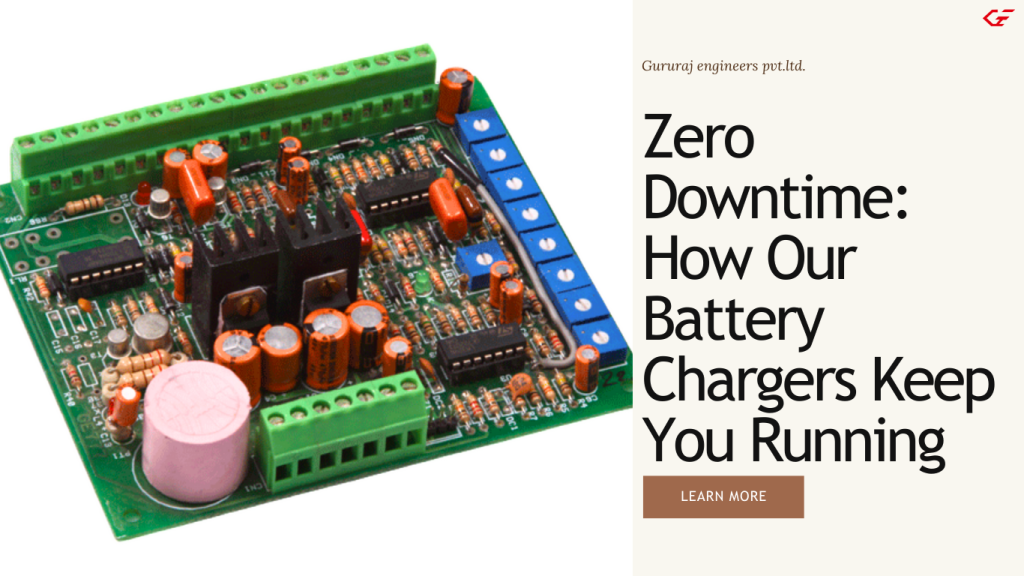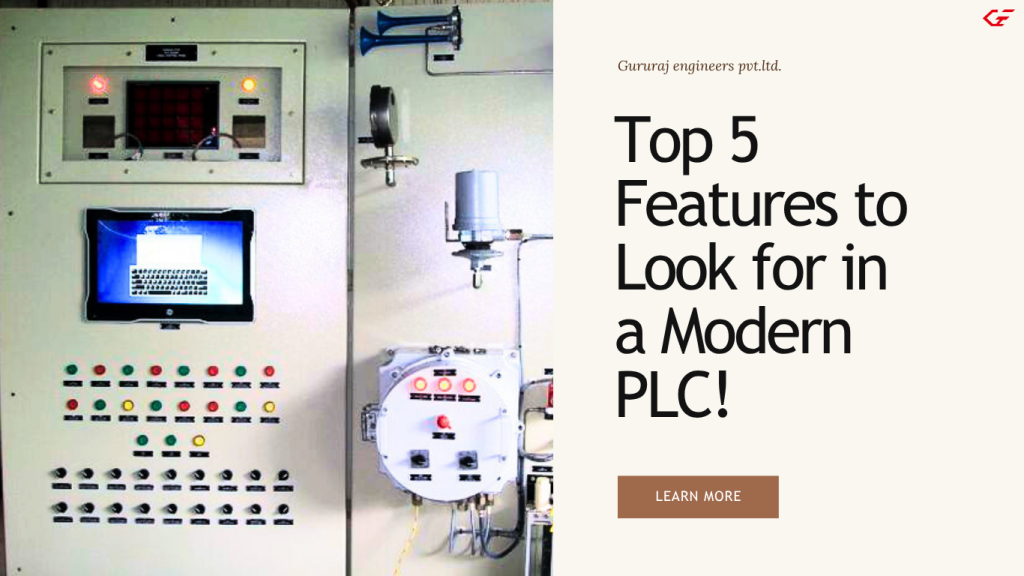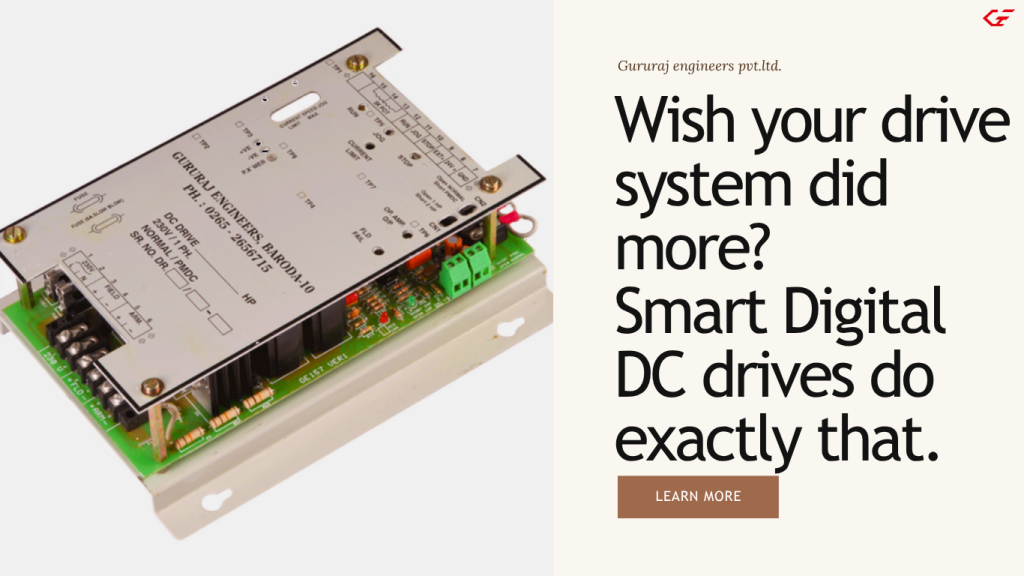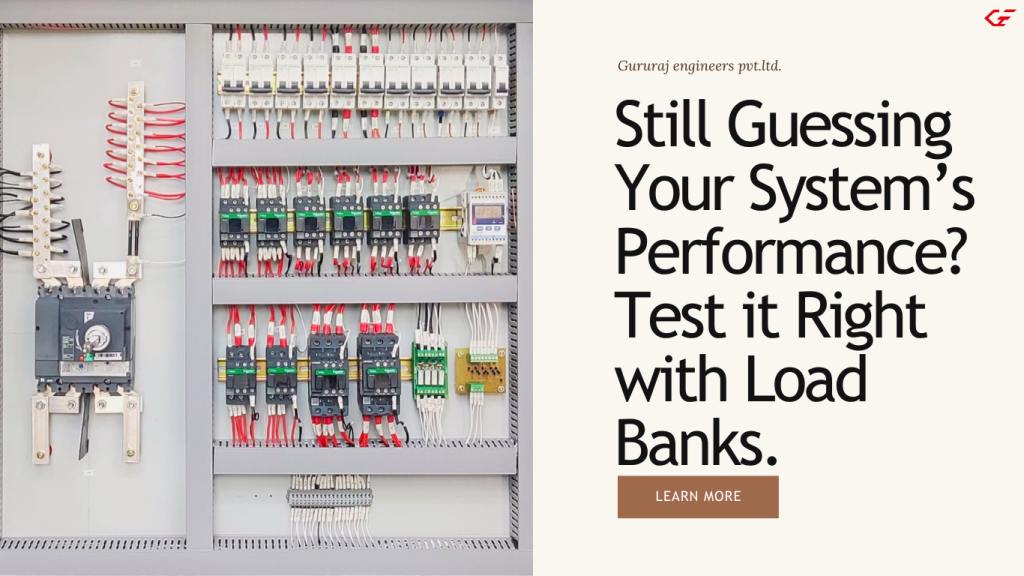Zero Downtime: How Our Battery Chargers Keep You Running!

Zero Downtime: How Our Battery Chargers Keep You Running! In today’s fast-paced world, downtime isn’t just inconvenient — it’s expensive. Whether you’re running critical industrial equipment, managing warehouse operations, or relying on backup systems for emergencies, a sudden power loss can halt productivity, disrupt schedules, and cost valuable resources. That’s why our battery chargers are built with one mission in mind: to keep you running, 24/7, without interruption. Why Zero Downtime Matters Every minute of downtime can mean lost revenue, missed deadlines, and frustrated customers. In industries like logistics, healthcare, manufacturing, or telecom, even a short power outage can trigger a chain reaction of delays. That’s where having a reliable, intelligent charging system becomes a competitive advantage. Our Technology Advantage Our chargers are engineered to deliver consistent, stable power output while protecting batteries from overcharging, overheating, or deep discharge. With advanced monitoring systems and automated switching capabilities, our chargers ensure seamless power transitions so your operations never skip a beat. Smart Charging Algorithms – Optimize battery health for longer life. Automatic Failover Systems – Switch instantly to backup without human intervention. Energy-Efficient Design – Reduce power consumption while delivering maximum output. Proven Performance in Real-World ConditionsFrom large-scale distribution centers to remote field sites, our chargers have been tested in demanding environments and proven to maintain 100% uptime. Customers report significant reductions in equipment downtime, lower maintenance costs, and improved operational efficiency after switching to our solutions. The Bottom LineWhen your business depends on uninterrupted power, you can’t afford to compromise. Our battery chargers are more than just equipment — they’re a safeguard for your productivity, reputation, and peace of mind. With our technology, you can stay powered, stay productive, and stay ahead. Ready to eliminate downtime for good?Contact us today to learn how our battery charging solutions can keep your operations running without interruption.
Top 5 Features to Look for in a Modern PLC!

Top 5 Features to Look for in a Modern PLC! Top 5 Features to Look for in a Modern PLC! In today’s fast-paced industrial world, Programmable Logic Controllers (PLCs) are the backbone of automation systems. Whether you’re upgrading an existing setup or building a new one, choosing the right PLC can make a big difference in efficiency, reliability, and scalability. Here are the top 5 features to look for in a modern PLC: 1. High-Speed Processing & PerformanceModern industrial processes demand quick response times. A high-speed PLC ensures fast scan cycles, enabling real-time control of complex machinery and systems. Look for PLCs with multi-core processors and optimized scan times to keep up with high-speed production lines. 2. Advanced Communication CapabilitiesA modern PLC must integrate seamlessly with other devices and systems. Features like Ethernet/IP, Modbus TCP, PROFINET, and OPC-UA make communication between HMIs, SCADA systems, and IoT platforms smooth and reliable. 3. Remote Access & IoT IntegrationWith Industry 4.0 in full swing, remote monitoring and control have become essential. A good PLC should support cloud connectivity, enabling you to track machine performance, troubleshoot issues, and receive alerts from anywhere in the world. 4. Modular & Scalable DesignAs your business grows, so do your automation needs. A modular PLC allows you to expand by adding I/O modules, communication cards, and memory without replacing the entire system — saving time and costs in the long run. 5. Robust Security & ReliabilityCybersecurity is no longer optional. Modern PLCs come with built-in firewalls, encryption, and user authentication to protect your critical industrial data. Reliability features like redundancy support and rugged design ensure your system runs smoothly even in harsh environments. Conclusion Investing in a modern PLC is more than just upgrading hardware — it’s about building a future-ready automation system. Look for speed, connectivity, scalability, remote access, and robust security to ensure your operations run efficiently and securely. Looking to upgrade your automation setup?Our team at Gururaj Engineers Pvt. Ltd. can help you choose the perfect PLC solution for your industry needs.
Wish your drive system did more?

Wish your drive system did more? What is DC Drive? A DC Drive (Direct Current Drive) is an electronic device used to regulate the speed, torque, and direction of a DC motor. In industrial automation, DC drives provide precise control over motor performance, making them essential for operations that demand variable speed and load adaptability. How it Works: DC drives control motor performance by adjusting the voltage and current supplied to the motor armature and field windings. This allows for: · Smooth speed variation · High starting torque · Accurate process control Applications in Industrial Automation DC Drives are widely used in: · Conveyors · Rolling mills · Extrusion lines · Paper and textile machinery · Automated material handling systems Key Benefits of Using DC Drive · Precise Speed Control: Ideal for load-sensitive operations · High Starting Torque: Perfect for heavy-duty startup conditions · Energy Efficient: Only uses the power needed at a given speed · Cost-Effective: Especially in systems where DC motors are already in place · Reliable & Stable: Suitable for long-term continuous industrial operations
Still Guessing Your System’s Performance?

Still Guessing Your System’s Performance? Test it Right with load banks. A Load Bank is an electrical testing device used to simulate electrical loads for testing and validating the performance of power sources like generators, UPS systems, turbines, and batteries without connecting to a real-world load. Load bank is a specializeddevice that creates an electricalload, applies it to a powersource, and safely dissipatesthe resulting energy. It iscommonly used to simulateoperational loads when testinggenerators, backup powersystems, UPS units, batteries,and similar equipment. Load banks ensure safe,controlled verification ofpower equipment under real-world conditions. Byproviding measurable andrepeatable tests, they helpguarantee system reliabilitybefore critical installation orcommissioning. ⚙️ Purpose & Use in Automation In industrial automation, load banks ensure that power supply systems, control panels, and backup power sources operate efficiently under real-world conditions. They help in verifying: Load handling capacity System stability and heat dissipation Efficiency of power conversion and regulation equipment Reliability of emergency power systems 🏭 Key Applications Factory Acceptance Testing (FAT) of automation panels Commissioning of generators and UPS systems Preventive maintenance of electrical infrastructure Validation of energy management and power factor correction systems Load step simulation in data centers and manufacturing plants
Are you still struggling with heating efficiency?

Are you still struggling with heating efficiency? It’s Time for Induction In the evolving world of industrial automation, every second counts — and so does every degree. Heating systems are at the heart of many critical processes, from metal treatment to pre-welding to shrink-fitting. Yet, many manufacturers still rely on outdated heating methods that are slow, inefficient, and inconsistent. If you’re experiencing long heating cycles, excessive energy usage, or poor temperature control, it’s time to make the switch. What Is Induction Heating? Induction heating is a non-contact process that uses electromagnetic fields to heat metal directly and precisely. Unlike traditional methods like flame or resistance heating, induction offers instant, targeted, and controllable heat — making it a game-changer in automated environments. Where It Works Best At Gururaj Engineers Pvt. Ltd., we supply and support induction heating solutions for: Shaft hardening & annealing Pipe & tube heating (round and square) Brazing & soldering Pre-weld heating Heat shrinking Customized OEM applications If your operation still relies on slow, energy-hungry heating systems, it’s time to ask:Are you still struggling with heating efficiency?Then it’s time to move to induction — it’s time to move forward.


